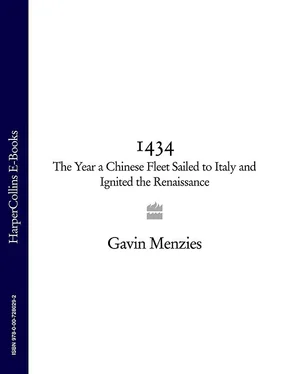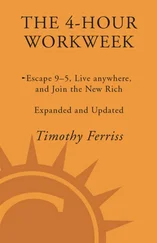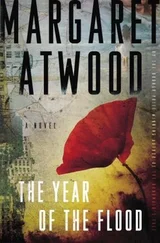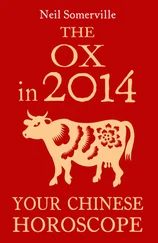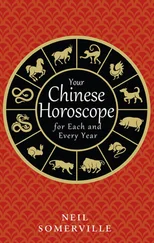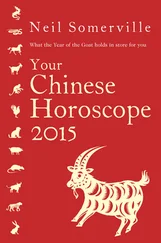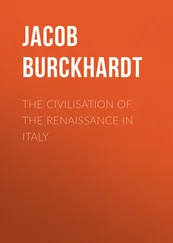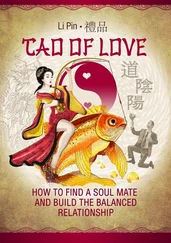3. Dreyer, Early Ming , p.144, translating from Xuanzong Shi-lu , The shi - lus were true rec ords of the period compiled in a highly formalized mandarin process, summarized after the emperor’s death with a shi-lu of his reign. shi-lus served as the primary source for the official history of the dynasty, frequently compiled during the succeeding dynasty, e.g., by the Qing dynasty for the Ming. Zheng He lived in the reigns of five Ming emperors, four of whom had a Shi-lu composed for their reigns. The shi-lu system has several lethal deficiencies. First, succeeding dynasties invariably loathe earlier ones and destroy much that they consider creditable from an earlier dynasty. Second, mandarin education was narrow in the extreme. If something did not appear in a shi-lu , it could not have happened. This is epitomized in the absurd conclusion reached by certain mandarin “scholars” that if the shi-lu does not say Zheng He’s fleets reached America, then they did not. Such a system ignores fleets that sailed to America, got wrecked there, or decided to stay and never returned to China. The shi-lu system leaves appalling holes in Chinese history. However, perhaps I should be thankful—if history had been properly recorded in China, Chinese scholars would have written books similar to mine centuries ago! See Dreyer, Zheng He , p.144.
4. This is J. L. L. Duyvendak’s translation, in “The True Dates,” pp. 341–345, 349. Duyvendak’s views on the voyages reached almost mythical status—taken as gospel by historian after historian. In my view Duyvendak’s restriction of Zheng He to seven voyages is ludicrous. If one takes the shipbuilding rec ords, there were more than 1,000 ships (and possibly many more) available to Zheng He on each of the “seven voyages” recorded by Duyvendak. It is not remotely possible to control fleets of that size. There were in my view between 20 and 50 fleets at sea continuously between circa 1407 and 1434, under the overall strategic command of Zheng He, who may indeed have received only seven imperial orders. There were hundreds of voyages during those years, not seven. Re “3,000 countries,” Duyvendak at p. 345, n. 2, argues that “3000” is a copyist error for “30.” He then destroys his argument by showing the Chinese symbol for “3,000” beside one for “30.” The “3,000” symbol has an extra bar on top. A “copyist error” would produce “30” from “3,000,” not the other way around. The “3000” made by the engraver is clearly deliberate.
5. Ibid.
6. Correspondence between author and Mr. Liu Gang. Full text on 1421 website, www.1421. tv. Mr. Liu Gang’s translation may be viewed on the 1434 website under the heading “The Real Discoverer of the World—Zheng He.” (See note 20 for ‘3000’ countries)
7. Liu Gang Research 2006 see 1434 website
8. Professor Xi Longfei and Dr. Sally Church references are invaluable. They should be read in conjunction with note 9. A full list of references in the Taizong Shi-lu to shipbuilding are given in Dreyer, Zheng He , p. 116–121.
9. Chaudhuri, Trade and Civilisation in the Indian Ocean , p. 241, Notes, Chapter 7, Note 29, citing Abdu’r Razzaq, Matla’al Sa’dain in Elliot and Dowson, eds., The History of India , IV, 103.
10. Camões, K. N. Chaudhuri “Trade and Civilisation in the Indian Ocean,” Cambridge University Press, 1985. p. 154
11. Professor Pan Biao’s work was brought to my attention by Tai Peng Wang. Mr. Wang has kindly allowed me to place on our website the article “The Most Startling Discovery from Zheng He’s Treasure Shipyards.” Professor Pan Biao’s work was carried out at the Institute of Wood Material Science of Nanjing Forestry University. They analyzed 236 pieces of wood found at the bottom of no. 6 dry dock in Nanjing, which had been flooded for 600 years. Professor Pan Biao shows that hardwood was imported to China and Java on a massive scale to allow Zheng He’s junks to be built in China and repaired in Java. These finds corroborate the work of Professor Anthony Reid (see n. 11). A combination of Pan Biao’s and Reid’s work shows how building such massive fleets resulted in globalization of the timber trade in Asia. See www.gavinmenzies.net.
12. Reid, South east Asia in the Age of Commerce , vol. 2, p. 39. Professor Reid suggests that the most likely explanation for the flowering of fifteenth-century Javanese shipbuilding was a “creative melding of Chinese and Javanese marine technology in the wake of Zheng He expeditions.” “In each of the seasons 1406, 1414, 1418 and 1432 fleets of a hundred or more Chinese vessels spent long periods refitting in the ports of East Java.”
13. This exercise took place in the Andaman Sea and Strait of Malacca in January and February 1969. Singapore and Malaysian armed services participated.
14. This took place in the South China Sea, south of the Anambas Islands, in July 1969.
15. Dreyer, p.127, has a good summary. The names of the vice and rear admirals are taken from inscriptions on the steles described earlier in the chapter. Dreyer gives the names at pp. 146, 208–15.
Wang Jinghong’s name is sometimes spelled Wang Guitong, Wang Qinglian, and Wang Zinghong. He was after Zheng He the se nior admiral until being drowned. Hou Xian was later envoy to Tibet and Nepal.
16. For the efforts of the 1421 team in assisting to locate the various remaining pieces of the Yongle Dadian that are scattered around European libraries and universities, please refer to our 1434 website, www.gavinmenzies.net. The National Library of China will digitize what is left of this massive encyclopedia, which was twelve times larger than Diderot’s eighteenth-century encyclopedia, then the world’s largest outside China.
Currently the National Library in Beijing has 221 books, and 60 are stored in Taiwan.
The Library of Congress has 41 books, the United Kingdom 51, Germany, 5, and Cornell University, 5. Cornell University has an excellent website, Explore Cornell-Wason Collection. “Starting in 1403 under the aegis of the Ming Dynasty Yongle Emperor (reign 1402–1424) the entire intellectual heritage of China was scrutinised for texts worthy to be included in what was to become the editorialised expression of Chinese civilization. One hundred and forty six of the most accomplished scholars of the Chinese empire took part. (See also Needham Vol 32 p.174–5) After 16 months of work, the Scholars submitted the final product….” The Emperor however refused the tome on the grounds that it was not on the grand scale he had envisaged. Consequently he appointed another editorial committee complete with commissioners, directors, sub-directors and a staff of no less than 2141 assistants “making 2169 persons in all.” The newly assembled committee expanded greatly on the idea of literature and included sacred texts, medicine, writings on geography and astronomy, the arts and crafts, history, philosophy and the by then canonized Confucian texts…. The Emperor then ordered the entire work to be transcribed so that it could be printed which would facilitate the distribution process.”
See e-mails between Lam Yee Din, Tai Pang Weng, Liu Gang, Dr. S. L. Lee, and Ed Liu at www.gavinmenzies.net. In my opinion the most likely place to find chunks of the Yongle Dadian will be the Louvre. Napoleon took Venetian rec ords to Paris. See Needham, Science and Civilisation , vol. 19, and vol. 32, p. 174.
17. See Needham, Science and Civilisation , vol 19, p. 49–50, 109–10, and vol. 32, p. 174. In May 1913, Herbert Giles wrote to Cornell University confirming that Cambridge only has one volume. See also e-mails between Lam Yee Din, Tai Pang Weng, Liu Giang, Dr. S. L. Lee, and Ed Liu on 1434 website, www.gavinmenzies.net.
Читать дальше
